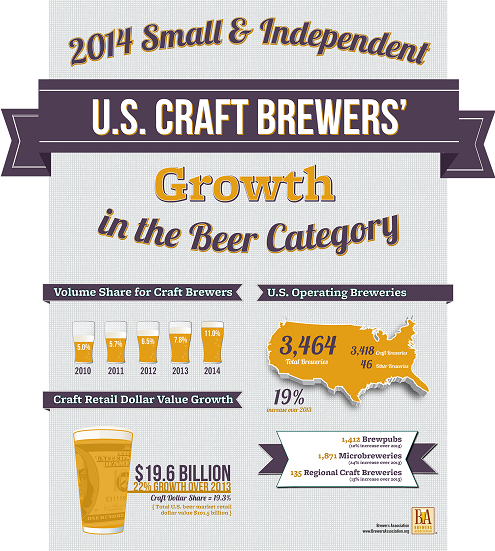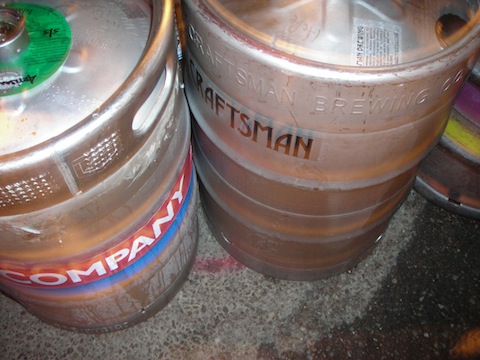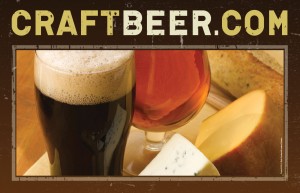
I am anti- putting people, places or things into a box. The world is too 3D for anything to fit squarely in one box. And usually the criteria, even when well thought out, tends to group together disparate items.
For example, both my wife and I are Pisces according to the dodgy definition. But we couldn’t be more different in the little ways that are commonly used in Astrology. And despite the tweaks and modifications, I feel that the Brewers Association (BA) is creating a box when they could be creating a growth path.
As of now, a brewery is within bounds if they produce less than 6 million barrels of beer, less than ¼ owned by a non-craft brewery and traditional in use of ingredients and products made.
My issue is with the first two since the BA has shown flexibility with the third recently. Rule # 1 (aka, the Boston Beer Rising Threshold) seems innocuous but is pegged to include a founding, charter member of the movement we know as craft beer. The second rule, another math problem, can be circumvented. Founder’s Brewing could possibly have sold only 24.99% instead of 30% to the Spanish Brewer San Miguel. Thus qualifying for the term Craft. Same with 10 Barrel or Goose Island.
My problem is that the first rule has been compromised already and works as a brake on growth. Don’t get too Big it warns. Because Big equals bad. And though, that may well turn out to be the case. In the future, Sierra Nevada or New Belgium might become less great. But I prefer to focus on their track records Which are excellent so far.
If both brew more than Boston Beer, will they be booted? I doubt it. But I think that size shouldn’t be automatically a detriment. A red flag in the system, I could live with. Quality should be the determining factor, not size. The ethos of the brewery should be the determining factor, not size.
In regards to the second rule, I just can’t get angry about craft beer becoming a desirable target that ABInBev and MillerCoors see as attractive. It shows, to a certain extent, that craft beer is a successful business to be in.
But more importantly the 25% is another arbitrary-ish number. How is 26% owned by Bud worse than 24% owned by a Silicon Valley investor? Is the Bud money that dirty? The rule makes the assumption that a 100% owned by a horrible brewer with horrible business ethics is A-OK! But Founder’s with 70% control of a great product is now seen as something lesser?
My proposal is to create a pathway. Where no one stop is better or worse than the one behind or after. It could start as garage, then move to Nano, then on and on ending with large independent regional and large corporate regional. This way you could better compare and contrast breweries in their evolution without excluding.
Maybe toss in their combined scores from Untappd, Beer Advocate and RateBeer along with a grade for ethics to give each brewery something to shoot for. Maybe Widmer gains points for being involved with the Oregon Brew Crew. Maybe Goose Island gains points for Bourbon County Stout. Send out mystery BA shoppers to conduct random tests and add that to the algorithm Deduct points for Bud involvement if you wish but give a brewery the chance to gain those points back. Maybe that will change Bud, Miller or Coors?
A score or grade will give the consumer a better understanding as well. They can make decisions based on what is important. In my example that is beer quality and company morals. But other concepts could be added as well.
It is easier to just say that someone doesn’t belong. Set a hard and fast rule and follow it. But that means treating me and my wife the same way because we our born under the same sign. Instead of looking at us as individuals.











